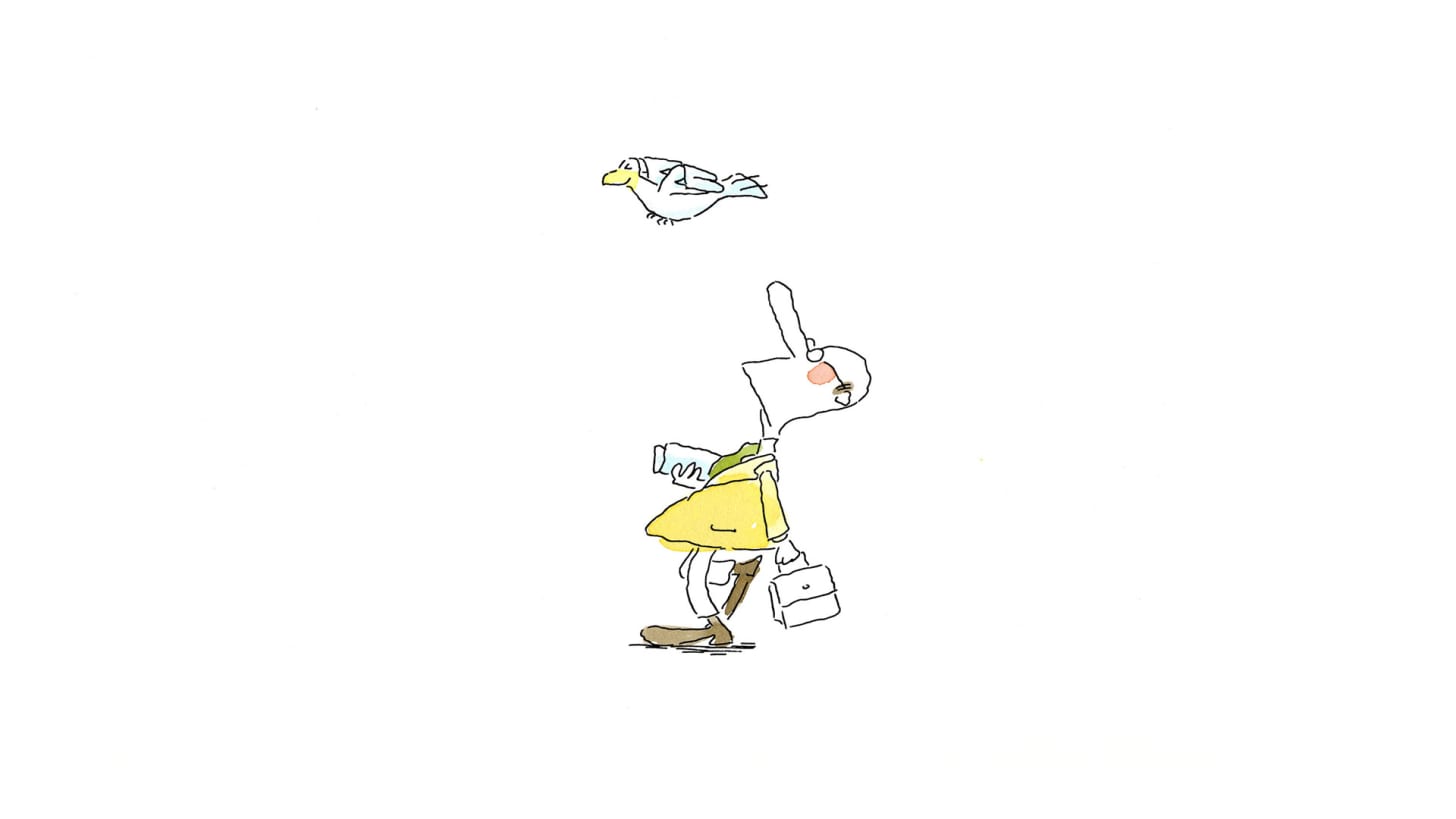First impressions last: the halo effect in psychology, marketing, and everyday life
Exploring how first impressions can alter our entire judgment.
👋 Ciao, it’s Giacomo. Every Sunday I share evidence-based insights (from science and experience) to help you grow your career and get better at life. Check out the most popular past posts here.
Based on the description of these two people below, what do you think of them?
James is intelligent, industrious, impulsive, critical, stubborn and envious.
Harry is envious, stubborn, critical, impulsive, industrious and intelligent.
If you are like me and many people, you views James more favorably than Harry.
How is that possible?
Both are described with the same words, just in reverse order.
This is a classic example of the halo effect 😇 - a cognitive bias where one trait influences how you feel about other, unrelated traits.
It is a heuristic, or mental shortcut, that causes us to make quick judgments.
In the example of James and Harry, evidence is accumulated gradually, and our final judgement is shaped by the emotion attached to the first impression.
James starts with “intelligent" and “industrious”, setting a positive tone, while Harry starts with “envious” and “stubborn”, immediately creating a negative bias.
The stubbornness in an intelligent person is seen to be justified and may evoke respect (James), while intelligence in an envious and stubborn person can be seen as dangerous (Harry).
Even though they are described with the same words, the sequence matters.
The halo effect increases the weight of first impressions, sometimes to the point that subsequent information is not useful or used.
This often happens in our lives: we accumulate evidence gradually and our final judgement on something (a person, a product, a new hire, a service) is defined by the emotion generated by the first impressions.
One of the most popular effects of halo effect is in attractiveness.
One study showed that we perceive good-looking people to be more intelligent, more successful and more popular.
Another study found that physically attractive defendants were judged with less certainty of guilt and were given lighter recommended punishments than unattractive defendants.

Halo effect also works in politics, where more attractive political candidates tend to be perceived as more knowledgeable, regardless of their level of knowledge.
Is this enough evidence that halo effect is real?
No?
Ok, let me give you other examples - this time in business.
And I got a little help from a friend.
Halo effect in Marketing
In business, a company performance, good or bad, creates an overall impression - a halo - that shapes how people perceive its strategy, leaders, employees, culture, and other elements.
Similarly, if a consumer had a positive/negative experience with a product of company A, the consumer would be more likely/less likely to purchase another product from company A compared to other competitors.
For this reason, I reached out to Domenico Loperfido, who has 10+ years marketing experience, to help me find interesting examples of the halo effect in business and marketing.
In his weekly newsletter “In case you missed it”, Domenico shares the best picks in the world of advertising and marketing. If you’re interested in the topics, I highly recommend you subscribe.
The halo effect has long been a powerful tool for marketers and advertisers, shaping our perceptions since childhood - and continuing to influence us, often without us noticing it.
Below are few examples of the halo effect in marketing, carefully selected by Domenico:
Nike - Air Jordan I 🏀
Nike leveraged the halo effect in the Air Jordan I commercial by associating the rebellious and innovative persona of Michael Jordan with the Air Jordan I sneakers. By highlighting the NBA's ban on the shoes, the campaign positioned them as bold, unique, and non-conforming - qualities that enhanced the perception of Nike as a brand representing performance, individuality, and authenticity.
This created a broader positive association with Nike's entire product line.
Additionally, Nike used Michael Jordan - the most iconic basketball player of his era - to endorse their shoes.
Celebrity endorsements work by creating a powerful association:
if X important person used Y product, then Y must be amazing.
Now, imagine the impact on young consumers watching the greatest basketball player in the world wearing Nike shoes.
Cannot imagine?
Just know that Jordan first-year shoe sales totaled $126 million, a figure more than forty times the company's three-year sales estimate.
Here’s what you might have missed recently on ‘Getting Better’:
Apple - iPod Silhouettes campaign 🍏
The iPod Silhouettes campaign played a crucial role in making the iPod an iconic product, amplifying its innovative nature with bold, vibrant visuals that instantly resonated with pop culture.
The dynamic and minimalist imagery became synonymous with freedom, music, and individuality, leaving a lasting impact on consumer perception.
As the iPod's popularity soared, it created a halo effect that extended to Apple’s other products. There was indeed a market speculation that Mac laptops’ sales would also increase due to the success of the iPod.
Red Bull - It gives you wings ♉
The "Red Bull Gives You Wings" campaign significantly contributed to the brand's halo effect by becoming a cultural touchstone, particularly among young, adventurous demographics.
By consistently promoting extreme sports and high-energy activities, Red Bull associated itself with vitality, adventure, and performance, helping to shape consumer perceptions not just about the drink, but about the lifestyle it symbolized.
The myth that taurine in Red Bull came from bull sperm, while false, added an element of intrigue and mystery around the brand, further fueling its popularity.
The buzz surrounding this rumor increased curiosity and conversation around the product, indirectly boosting sales through word of mouth. Despite the absurdity of the claim, it helped solidify the brand's edgy, daring persona, extending Red Bull’s influence across its entire product line.
Thank you Domenico.
See you all next Sunday 🗓️
Thanks,
Giacomo






Super interesting article, Giacomo. Marketers intentionally create these associations and know that initial impressions shape brand perception. This is a great reminder that being thoughtful about our initial judgments is essential.
The pretty privilege is real, especially the association of beauty with intelligence and charisma. Unless you're a beautiful successful woman in politics in Italy: in that case the immediate mental association is that you didn't deserve to be there, you must have slept with someone. I wonder how the halo effect copes with the cultural biases.